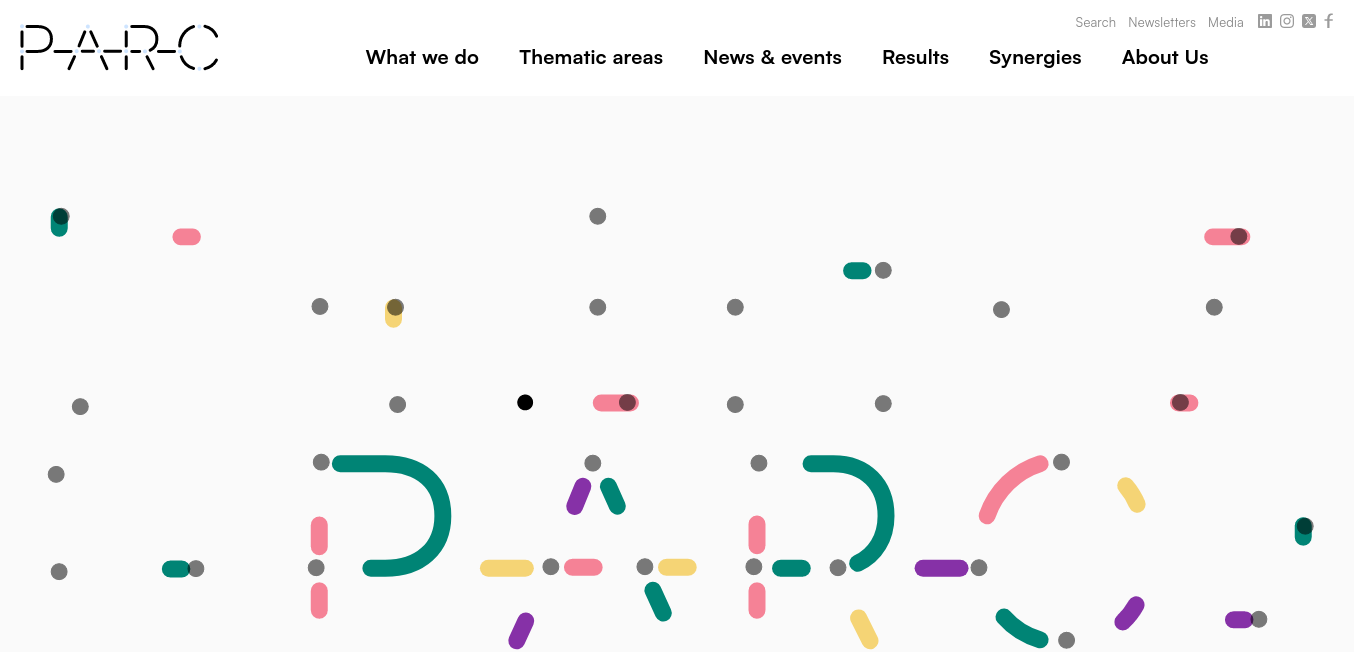Value proposition
Chemicals are everywhere, P-A-R-C evaluates their risks
PARC aims to develop next-generation chemical risk assessment to protect human health and the environment. It supports the European Union's Chemicals Strategy for Sustainability and the European Green Deal's “Zero pollution” ambition with new data, knowledge, methods and tools, expertise and networks.
PARC takes the Human biomonitoring for Europe (HBM4EU) work forward by strengthening the scientific basis for chemical risk assessment and facilitating the EU’s transition to next generation evidence-based risk assessment.
PARC involves close to 200 institutions working in the areas of the environment or public health from 28 countries and three EU authorities, including the European Chemical Agency (ECHA), the European Food Safety Authority (EFSA) and the European Environment Agency (EEA). The partnership is coordinated by ANSES, the French Agency for Food Safety, Environmental Protection and Occupational Health. It is bringing into play public partners across the continent, including European and national risk assessment agencies, universities and public research organisations. Five Directorates-General of the European Commission (DG-RTD, DG-GROW, DG-ENV, DG-SANTE and JRC) and the relevant ministries of the countries involved are contributing to the governance of PARC.
HBM4EU was a joint initiative from 28 participating countries – 24 EU member states plus Norway, Switzerland, Iceland and Israel and the European Environment Agency. The project had €74m in funding under Horizon 2020 and was jointly implemented by 120 partners from the different participating countries. Its aim was to measure Europeans’ exposure to chemicals and their health effects and develop human biomonitoring (HBM) as an exposure assessment method. This initiative directly contributed to the improvement of health and well-being for all citizens, by investigating how exposure to chemicals affects the health of different vulnerable groups, such as children, pregnant women and workers.
Partnership for the Assessment of Risks from Chemicals | Parc
https://www.eu-parc.eu/

| Corporate | Type | Tweets | Articles | |
|---|---|---|---|---|
 | Santé publique France | Other 22 Oct 2023 | | |
